
AeroGenie — Uw intelligente copiloot.
Trending
Categories
Embraer Plans Production Increase and New Narrow-Body Aircraft Design
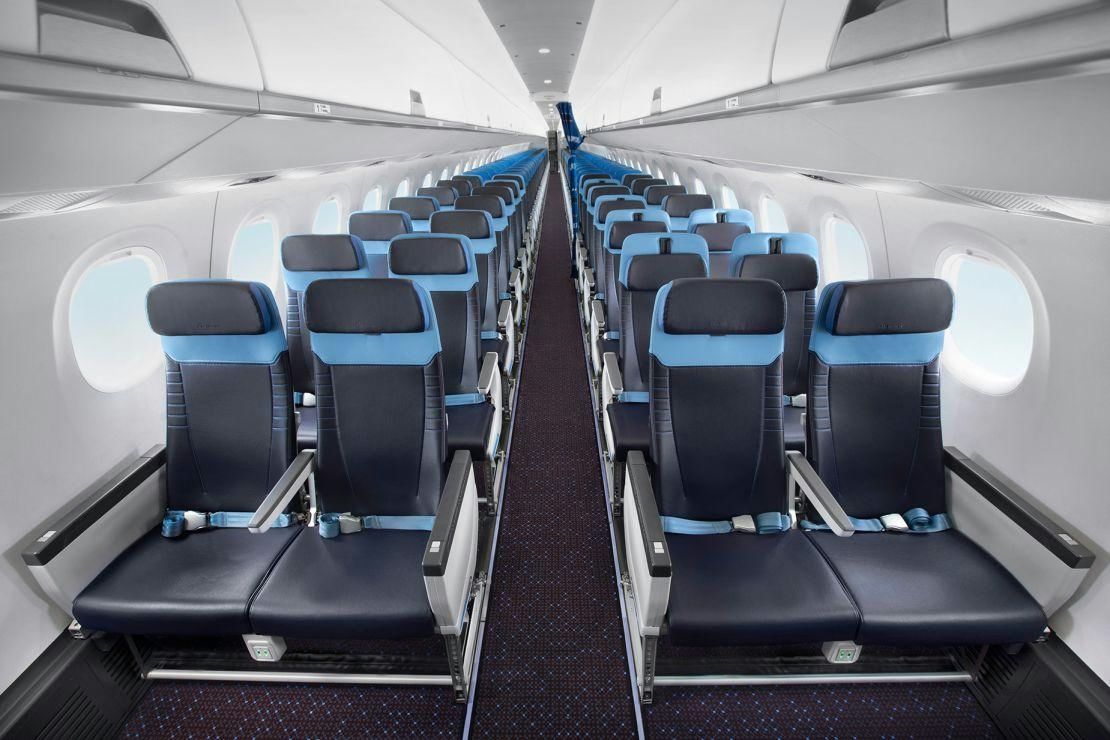
Embraer Plans Production Increase Amid Industry Demand for Alternatives
Brazilian aircraft manufacturer Embraer is preparing to significantly boost its commercial jet production, aiming to increase annual output from 73 to between 110 and 120 aircraft. This strategic move responds to growing dissatisfaction among airlines with the longstanding Boeing–Airbus duopoly, which has been plagued by persistent delivery delays and supply chain disruptions. As the world’s third-largest aircraft maker, Embraer is positioning itself to capture market share by offering a viable alternative to the dominant players.
Embraer is best known for its regional jets, including the E-Jets E2 family, which accommodate between 50 and 146 passengers. CEO Francisco Gomes Neto confirmed the company’s ambitious production goals in a recent interview, stating that Embraer plans to deliver 75 to 80 commercial aircraft this year, with a target to ramp up to 110 to 120 annually in the near future. This expansion reflects the company’s confidence in meeting rising demand from airlines seeking more reliable and diversified options.
Development of a New Narrow-Body Aircraft
In addition to increasing production, Embraer is exploring the development of a clean-sheet aircraft—a completely new design rather than an evolution of existing models. This initiative aims to incorporate advanced technologies in aerodynamics, propulsion, and materials, potentially resulting in a next-generation narrow-body jet. Industry sources suggest that this new aircraft could compete directly with the Airbus A320 and Boeing 737 families, marking a significant strategic shift for Embraer.
Gomes Neto emphasized the company’s commitment to innovation, noting that the new aircraft could be either larger or smaller than current offerings and that discussions are underway with engine manufacturers and aerodynamic experts. “If we build a new product, we want it to be relevant for the next two or three decades,” he said. This timeline aligns with Airbus’s reported plans to introduce its own next-generation narrow-body aircraft in the late 2030s, indicating a forthcoming intensification of competition in this segment.
Challenges and Market Implications
Despite the promising outlook, Embraer faces considerable challenges in executing its expansion and innovation plans. The company must navigate ongoing global supply chain disruptions, rising raw material costs, and increasingly stringent regulatory requirements. Maintaining quality while scaling production will be critical, especially as investors scrutinize the balance between innovation potential and cost pressures.
Market reactions to Embraer’s strategy are expected to be mixed. While a new, technologically advanced aircraft could attract interest from airlines and investors eager for alternatives, questions remain about Embraer’s capacity to scale efficiently and compete on price and delivery schedules. Analysts also anticipate that Boeing and Airbus may respond aggressively, potentially triggering price competition or new strategic partnerships to protect their market dominance.
Airline executives have voiced strong support for increased competition in the aerospace sector. Emirates CEO Tim Clark recently criticized manufacturers for supply chain shortcomings, stating, “I’m tired of hearing complaints about the supply chain—you are the supply chain.” Similarly, United Airlines CEO Scott Kirby has called for more competition, underscoring the industry’s appetite for new entrants.
Embraer is also eyeing growth opportunities in India, with Gomes Neto expressing openness to establishing a final assembly line in the country, contingent on securing substantial orders from Indian carriers. “We’re very open to discussions, but we need a scalable delivery program in India to make it commercially viable,” he explained.
As Embraer advances its production and development initiatives, its ability to overcome industry headwinds and fulfill its ambitious objectives will be closely monitored by airlines, investors, and competitors worldwide.

Cabin Interior Delays Continue to Affect Jet Deliveries
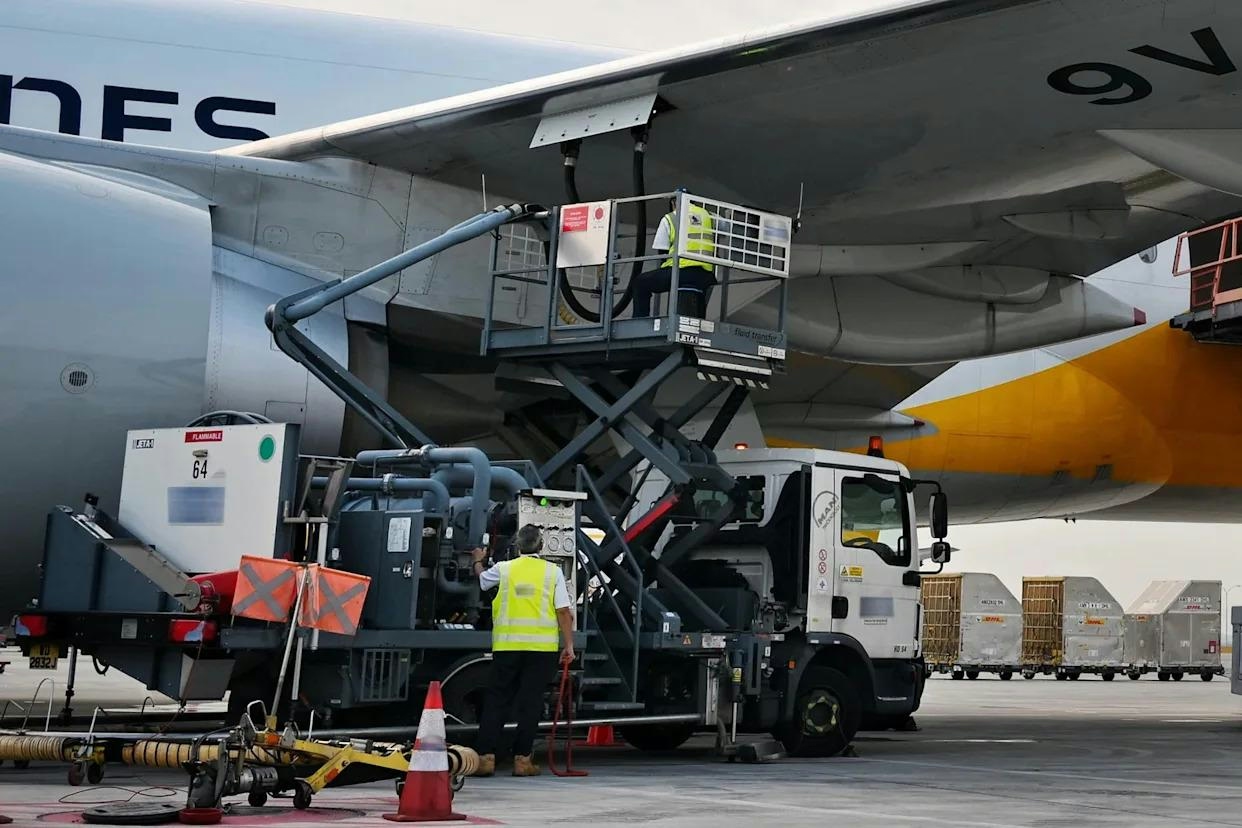
India Faces Fuel and Financing Challenges in Competing with Dubai and Singapore's Aviation Sectors
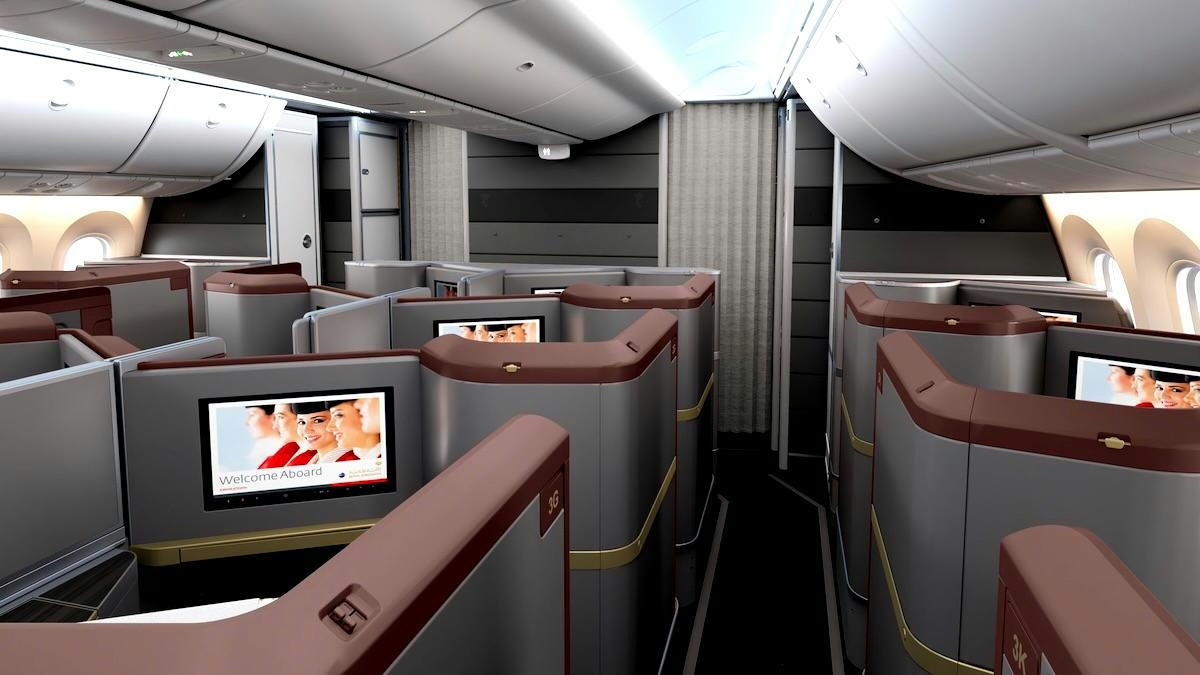
Royal Jordanian to Refurbish Boeing 787-8 Fleet
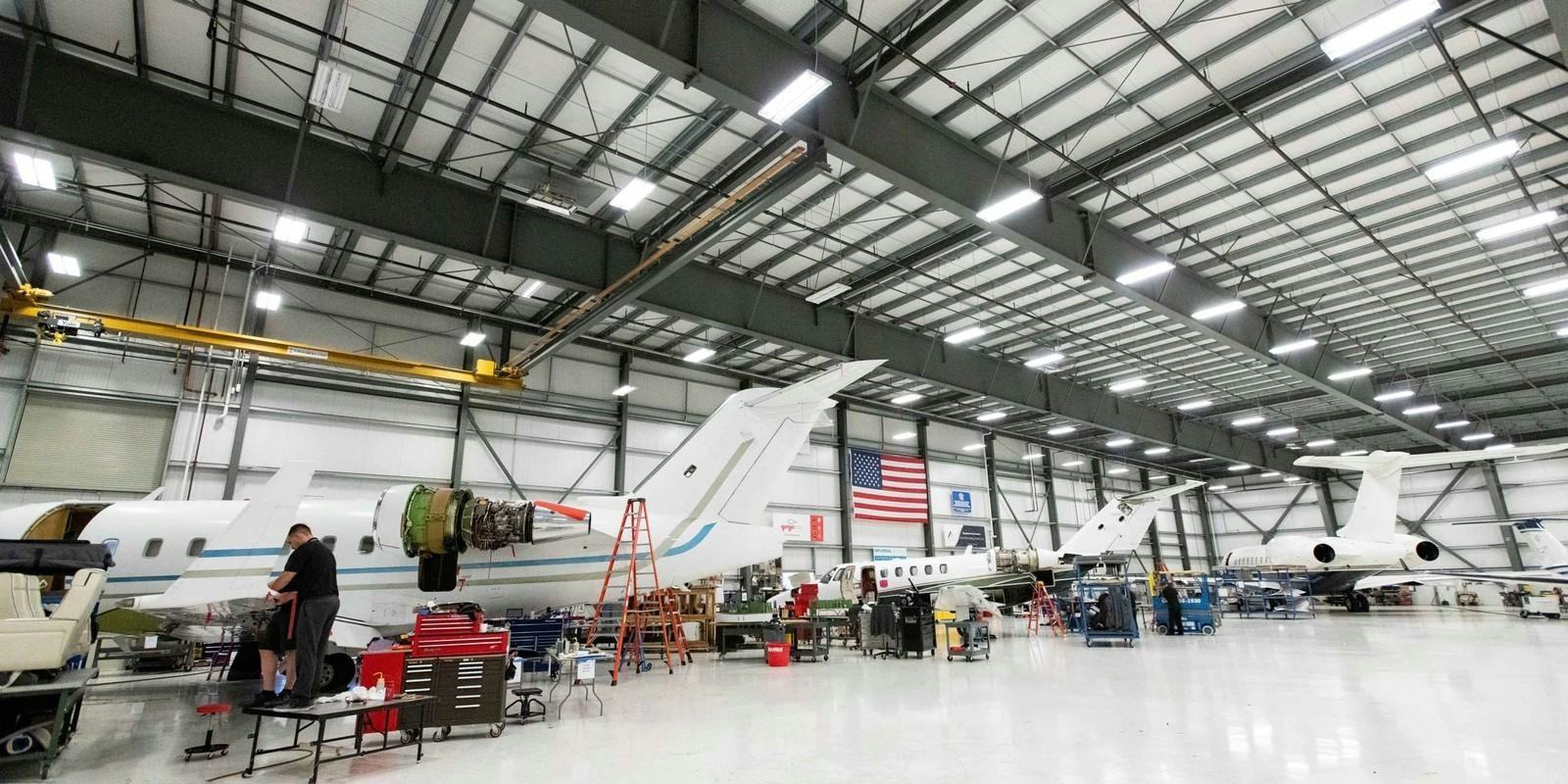
Expert Calls for Policy Reform to Boost Local MRO Investment and Reduce $1 Billion Maintenance Costs
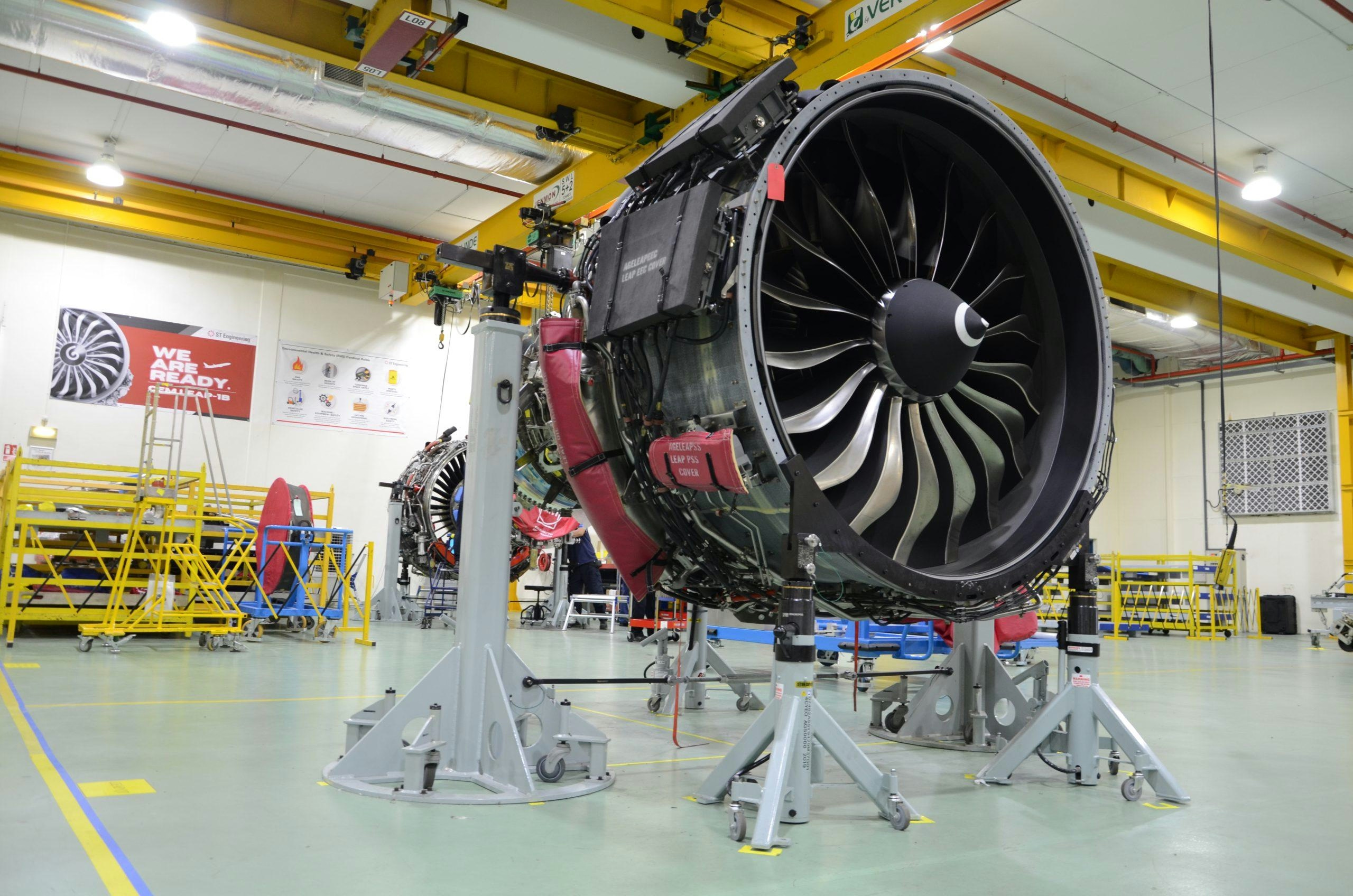
MRO Update: October 21, 2025
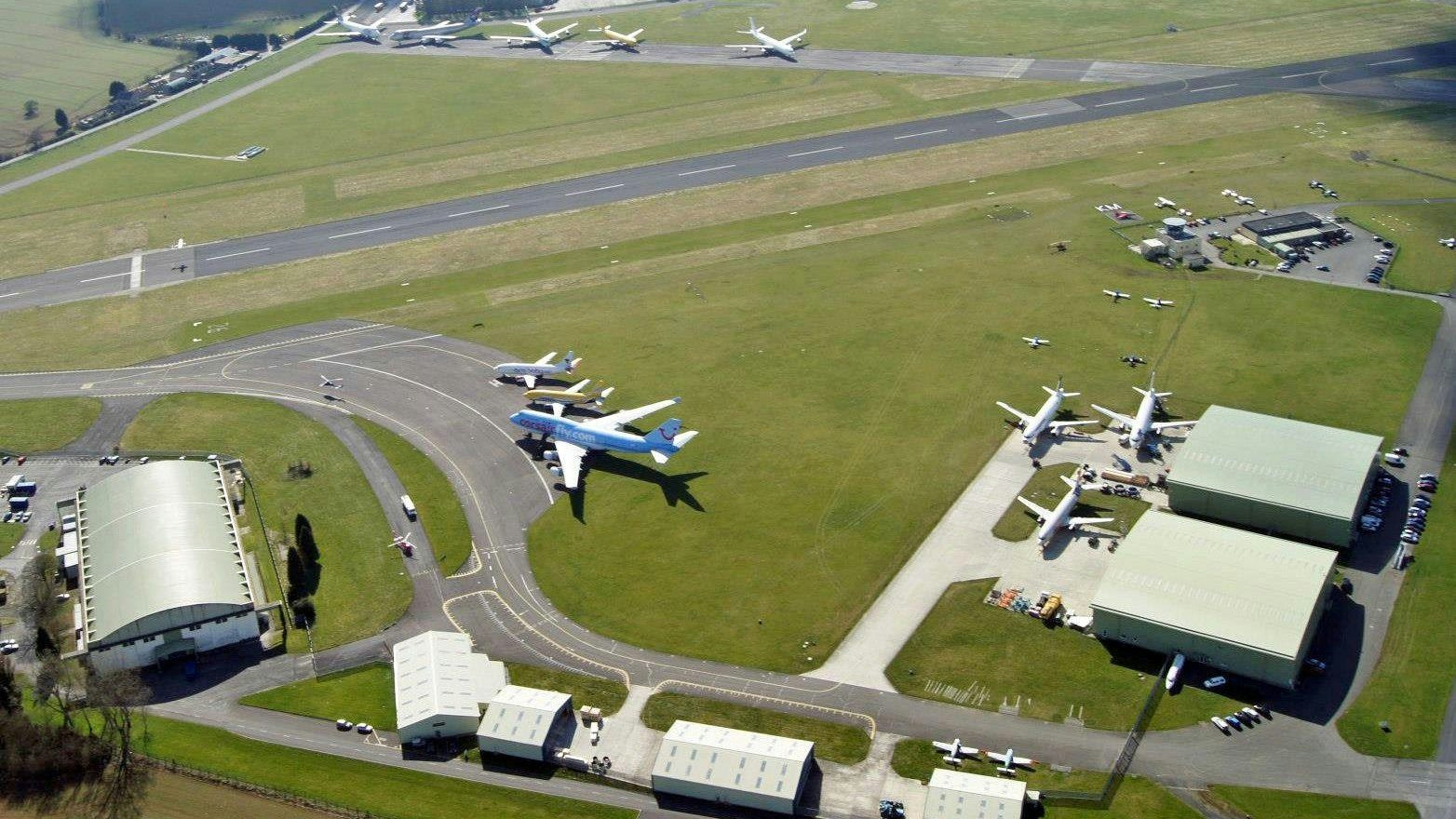
Young Aircraft Retired Early for Engine Salvage
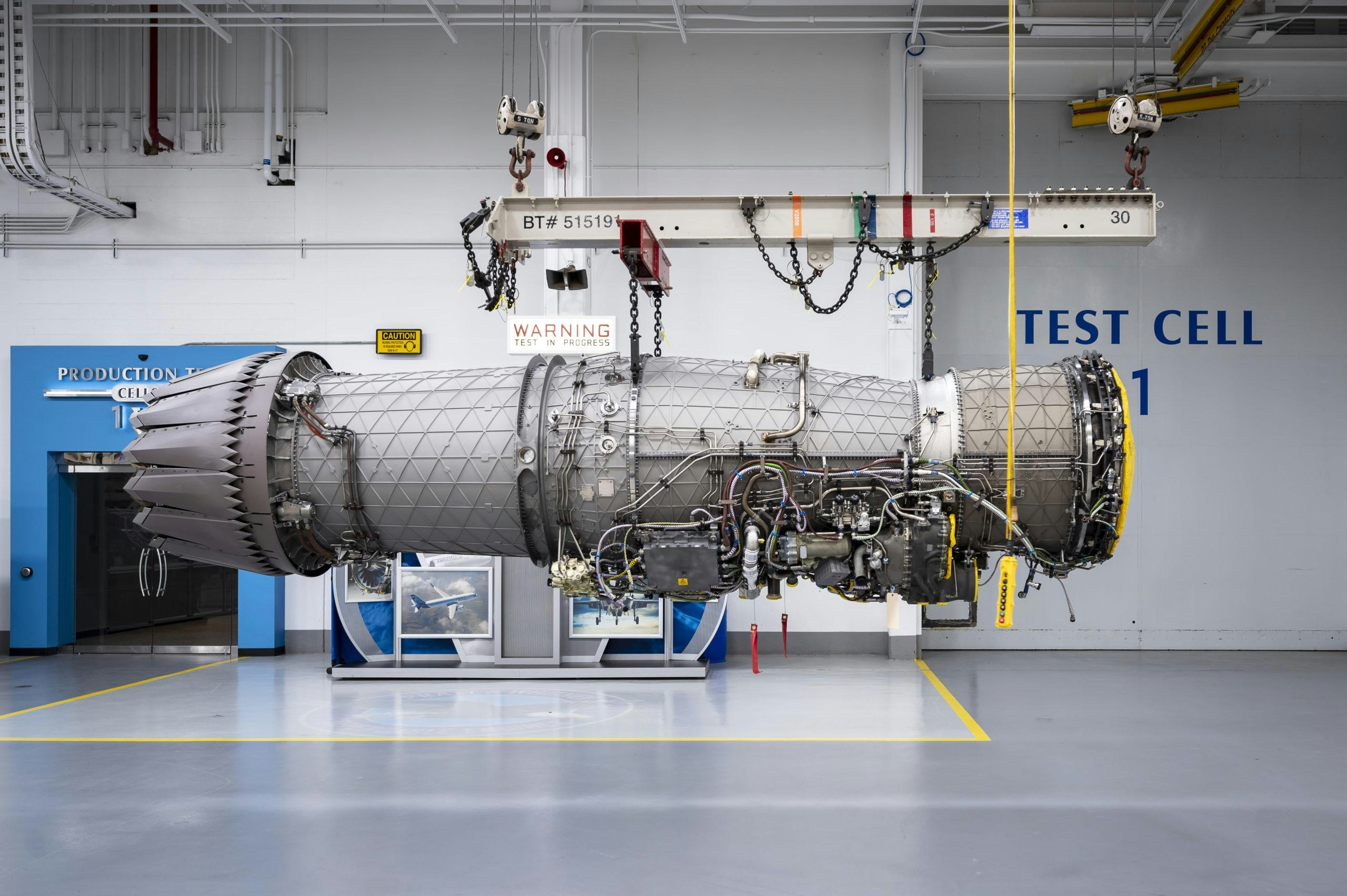
Data Centers Adopt Aviation Engines for Power Generation
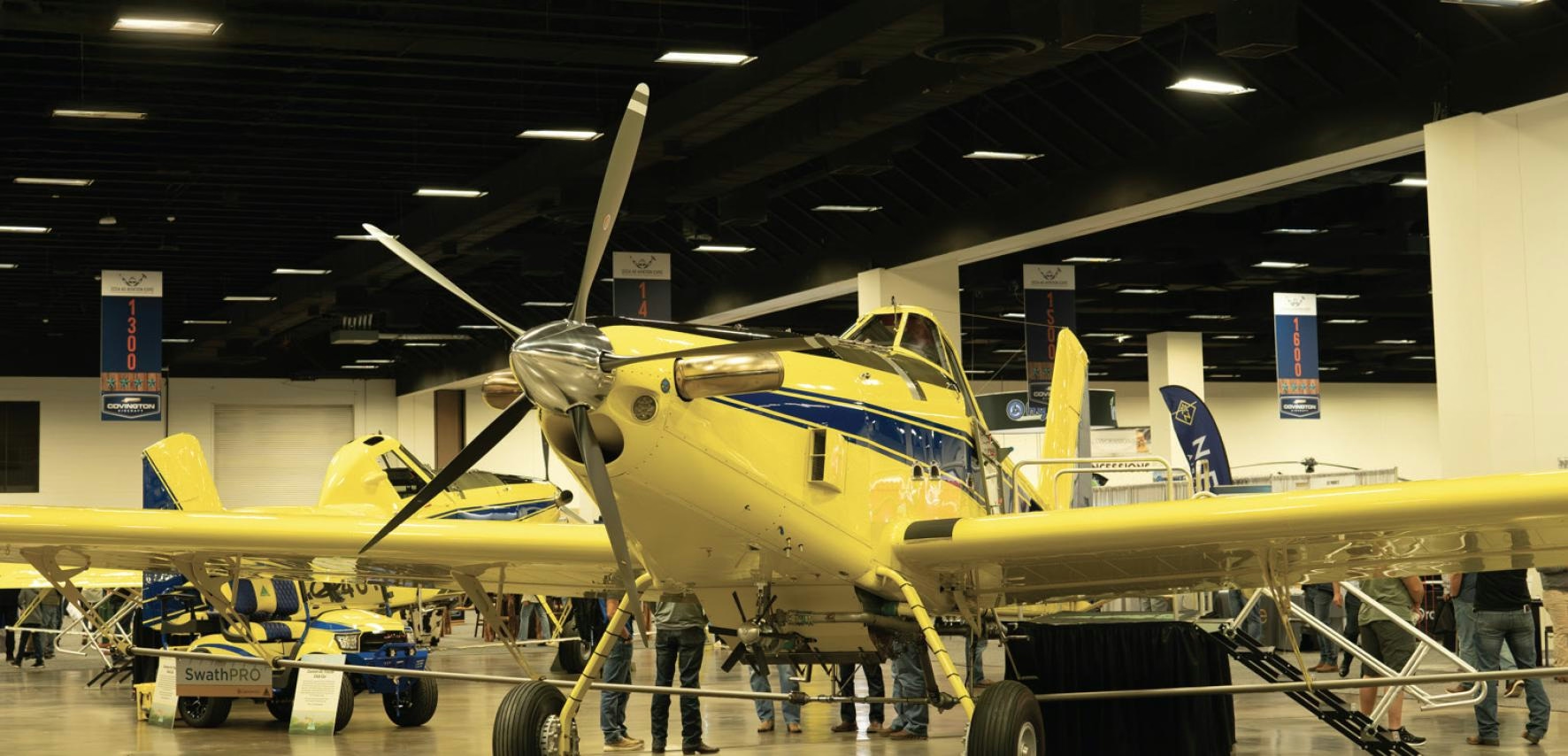
Turbine Conversions Ltd. Marks 35 Years in Ag Aviation and 25 Years of Single Point Fueling
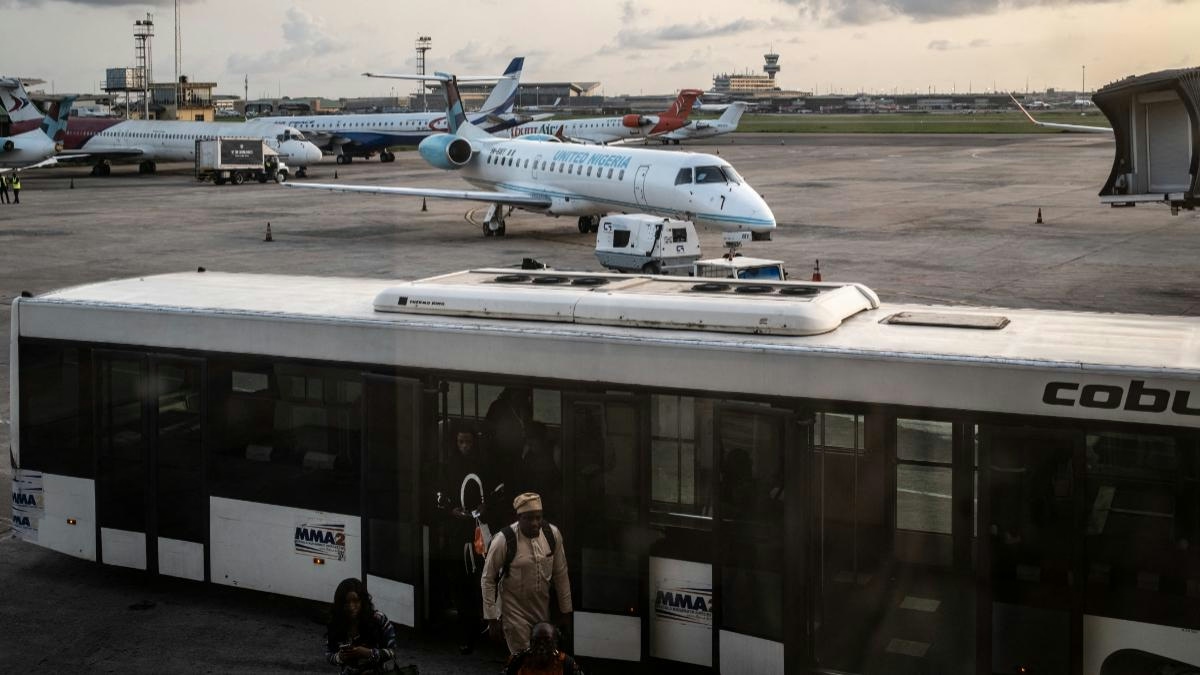
Brazilian, Chinese, and UK Airlines Target Nigerian Domestic Market for Expansion
